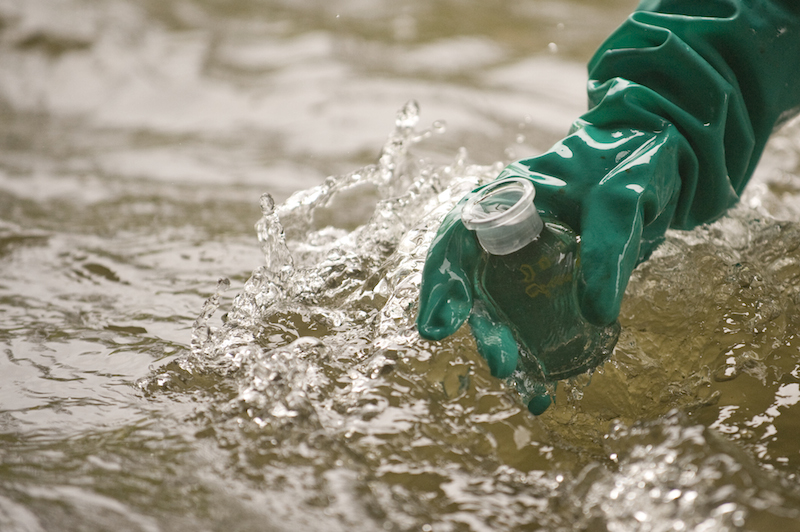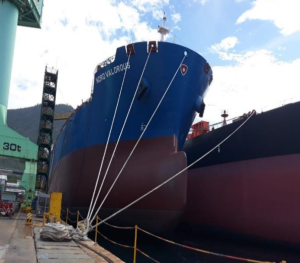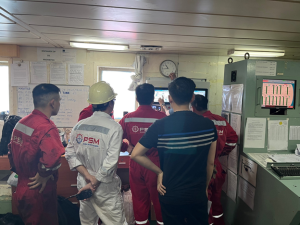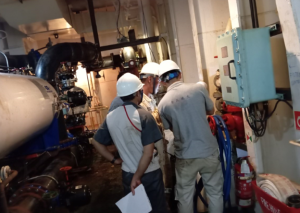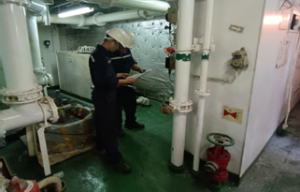To assess whether a ship complies with the BWE standard (regulation D-1) or the ballast water function standard (regulation D-2) of the Convention, samples may need to be taken and analyzed.
The ballast water samples taken will need to be representative of the physical nature (relating to regulations D-1 and D-2) and/or the concentration of living organisms (relating to regulation D-2) of the entire population. Ballast water flow set. Ballast water can have a volume of thousands of cubic meters held in a number of different tanks and often has a complex shape. Additionally, the water and the organisms in it may not be uniformly distributed in the ballast tank. Sampling should be done in a way that minimizes impact on the number of organisms living in the water.
To achieve uniformity in shipboard compliance testing of ballast water, uniform methods for sampling and analyzing ballast water are essential. BWM.2 / Circ.42 / Rev.1 gives guidance on ballast water sampling and analysis in accordance with the Convention and Guidelines (G2). The purpose of this guide is to provide general recommendations on sampling and analytical methods and procedures to check compliance with the standards described in regulations D-1 and D-2, in particular is in the testing phase until methods are agreed upon.


There are two different situations in which sampling for the ballast water functional standard (regulation D-2) is used:
- Sampling for BWMS type approval testing (shore and ship testing)
Ballast water sampling and analysis in accordance with Guideline (G8) is carried out as part of the type approval procedure for the BWMS during both onboard and shore testing cycles. Sampling for type approval is usually discharge or receiving sampling rather than tank sampling.
The onboard test cycles established the normal operations of the ballast water treatment system. Shore testing is performed under controlled conditions at an approved testing facility. Results are measured against ballast water functional standards (regulation D-2) and are also compared to the intake level of organisms, which must meet the challenging conditions required for a valid test. Authentic methods should be used for sample collection, processing, storage and analysis. Sampling for the type approval process should meet the criteria set out in the Guide (G8) regarding sample size and reproduction.
- Sampling for compliance
Sampling ballast water for ship compliance to Guideline (G2) can be carried out for two reasons:
- To assess the level of organisms living in ballast water during discharge and/or in ballast tanks
- To evaluate the physical properties of water (e.g. salinity) during discharge and/or in ballast tanks
Vina TD Company Limited specializes in providing ballast water treatment system services on ships, not only about equipment, design documents, operating instructions, etc., but we have also cooperated to serve Ballast water samples after treatment for testing, for both domestic and foreign ships.

Coordinating with sampling units is not only simply supporting crew members and ship owners, but also helps us check and evaluate whether the equipment we provide ensures effective operation or not. From there, recommendations are drawn to increasingly improve the service process, contributing to making a ship more reliable and in accordance with regulations when put into operation.

